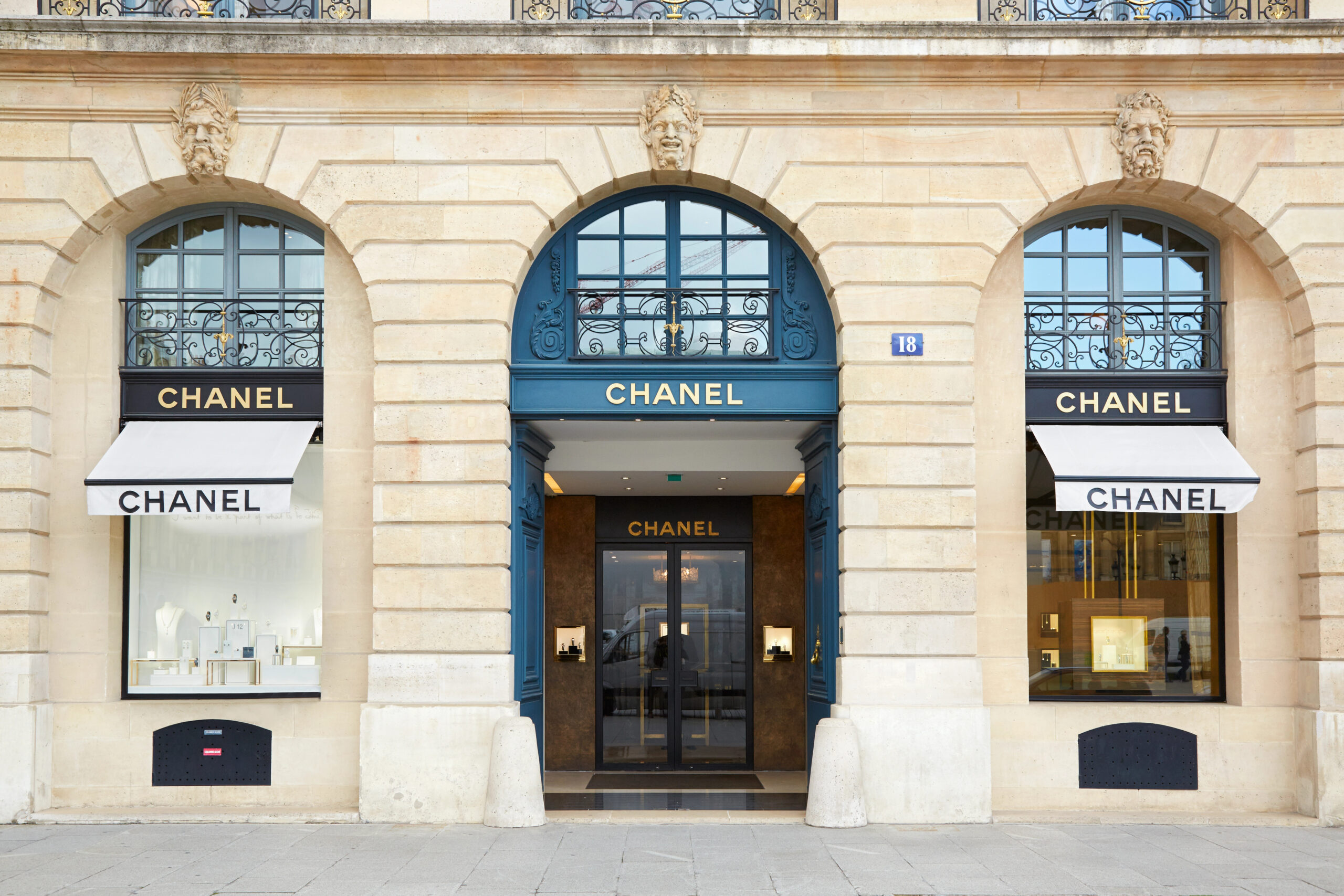The problem of surplus inventory is typically linked with fast fashion and ultra-fast fashion retailers, attributable to their swift production cycles and the continual demand for fresh styles. Nonetheless, luxury companies are also contending with significant quantities of unsold stock, indicating that this predicament is no longer confined to the lower echelons of the market.
Luxury brands, renowned for their exclusivity and high price points, encounter hurdles stemming from shifting consumer tastes, economic downturns, and unexpected disruptions like the COVID-19 pandemic.

Despite their emphasis on craftsmanship and top-notch quality, these companies are not shielded from the intricacies of the retail environment. When consumer demand diverges from production volumes, it results in an excess of unsold inventory.
As per the Business of Fashion (BoF), the collective unsold inventory of prominent players such as Kering and LVMH has surged by over twofold from 2014 to 2023, reaching a concerning 4.7 billion euros. In 2023, LVMH disclosed 3.2 billion euros worth of unsold goods, constituting 4 percent of the group’s revenue, while Kering reported 1.5 billion euros, amounting to 8 percent of its revenue. This unsold inventory encompasses raw materials, semi-finished goods, and finished products, as reported by La Conceria.
The Overflow of Unsold Luxury Goods
The luxury industry’s emphasis on maximising production efficiency for economies of scale inherently results in a rise in unsold goods. However, BoF noted that aligning supply with the constantly shifting demand in a trend-driven sector presents a significant challenge.
High production volumes, extended lead times in manufacturing, and the objective of preserving brand exclusivity by restricting the supply of certain items can all contribute to a discrepancy between supply and demand, resulting in an accumulation of inventory.
The quandary stems from the notion that overproduction carries lower costs than potential revenue loss due to product shortages. The present alarming scenario, compounded by the industry’s significant expansion, lacks an immediate remedy.

According to BoF, conventional tactics such as staff sales, friends & family events, and outlets prove inadequate, and previously employed harmful practices, now prohibited in France and soon across Europe, were once utilized to safeguard brand image. Claudia D’Arpizio of Bain & Company underscores the industry’s dilemma, emphasising the challenge large brands encounter in devising a comprehensive solution for their considerable surplus stock.
Luxury brands must strike a delicate equilibrium between upholding the perceived exclusivity of their offerings and responding to market fluctuations. Tactics may include meticulous control over production volumes, adoption of adaptable supply chain methodologies, and exploration of creative avenues for marketing and liquidating surplus inventory without compromising brand stature.
The objective is to synchronise production with real-time demand while safeguarding the allure of opulence and desirability synonymous with these esteemed labels.

To tackle the challenge of excess inventory, luxury brands can implement a variety of strategic approaches tailored to their unique circumstances:
1. Optimised Production Planning: Luxury brands can refine their production planning processes to align more closely with market demand. This involves conducting thorough market research, analysing sales data, and leveraging forecasting techniques to anticipate consumer preferences accurately.
2. Limited Editions and Exclusive Releases: Introducing limited edition or exclusive collections can create a sense of urgency and exclusivity among consumers, driving demand for specific products while reducing the risk of overproduction.
3. Seasonal Adjustments: Adapting production volumes and inventory levels to match seasonal fluctuations in demand can help prevent the accumulation of excess stock. By closely monitoring trends and adjusting their offerings accordingly, luxury brands can optimise inventory management throughout the year.
4. Strategic Pricing and Promotions: Implementing targeted pricing strategies and promotional activities can stimulate sales of slow-moving inventory without compromising brand image. This may involve offering discounts to incentivise purchases or bundling complementary products to increase overall sales.
5. Multi-Channel Distribution: Diversifying distribution channels beyond traditional brick-and-mortar stores can help luxury brands reach a broader audience and liquidate excess inventory more effectively. This may include expanding into e-commerce platforms, collaborating with third-party retailers, or hosting exclusive pop-up events.
6. Sustainability Initiatives: Embracing sustainability practices such as recycling, upcycling, or donating unsold inventory can mitigate environmental impact while enhancing brand reputation. By repurposing excess stock or minimising waste through responsible disposal methods, luxury brands can demonstrate their commitment to ethical and eco-friendly business practices.
7. Supply Chain Optimisation: Streamlining supply chain operations and fostering closer collaboration with suppliers can improve efficiency and flexibility in inventory management. This may involve implementing advanced inventory tracking systems, optimising production lead times, or negotiating more flexible contractual arrangements with vendors.
8. Customer Engagement and Personalisation: Building strong relationships with customers and offering personalised shopping experiences can foster brand loyalty and encourage repeat purchases. By understanding individual preferences and tailoring product offerings accordingly, luxury brands can minimise the risk of excess inventory while enhancing customer satisfaction.
Overall, by adopting a combination of these strategies and remaining agile in response to evolving market dynamics, luxury brands can effectively address the challenge of surplus inventory while preserving their brand image and profitability.
In conclusion, the challenge of managing unsold inventory presents a formidable task for luxury brands. However, by implementing strategic measures to align production with demand, maintaining flexibility in supply chain operations, and innovating in marketing and sales approaches, these brands can navigate through turbulent market dynamics while safeguarding their prestige and desirability.
With a concerted effort to strike the right balance, luxury brands can continue to thrive in an ever-evolving landscape, ensuring their products remain synonymous with exclusivity, luxury, and timeless allure.


